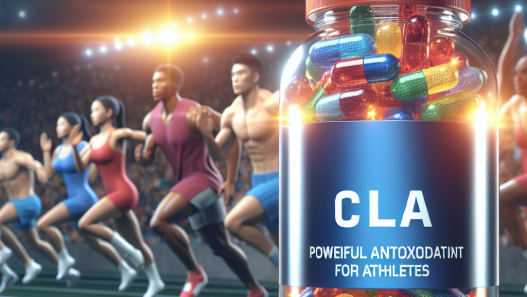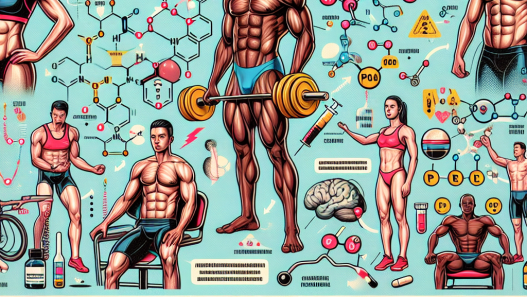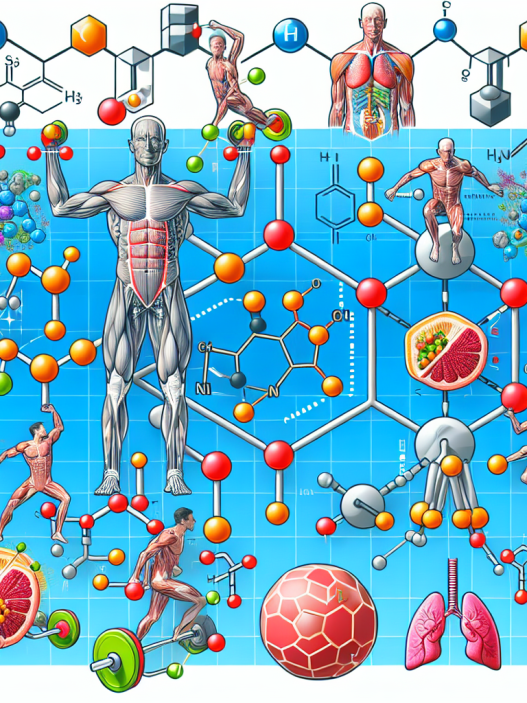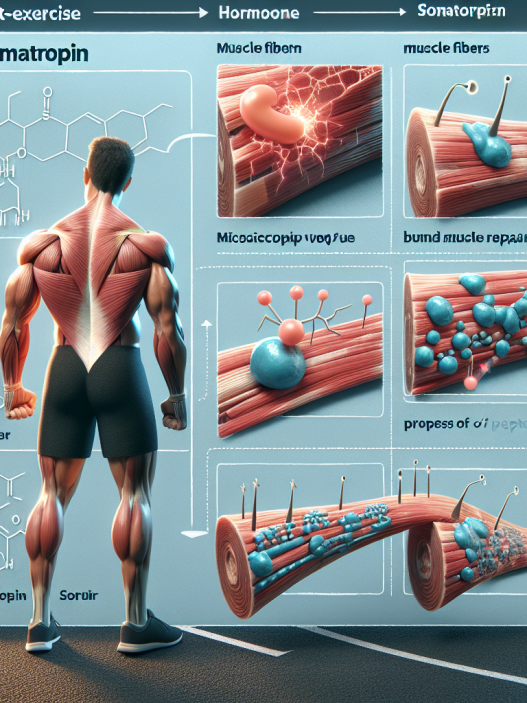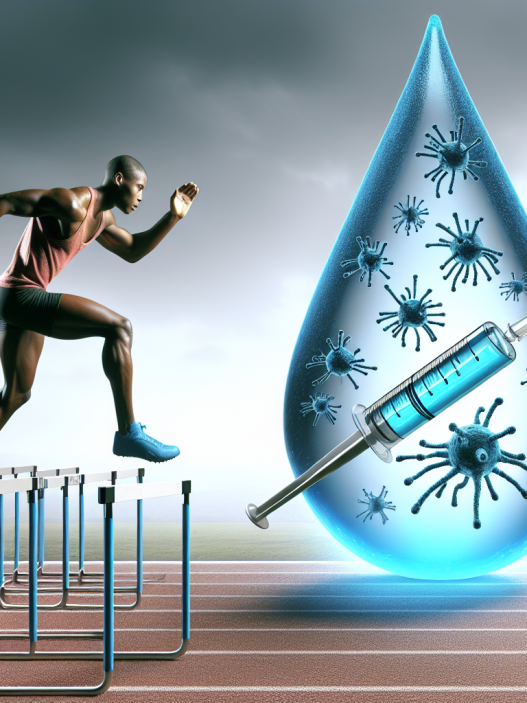-
Table of Contents
Liraglutide: A Promising Treatment for Obesity in Athletes
Obesity is a growing concern in the world of sports, with many athletes struggling to maintain a healthy weight due to the demands of their sport and the pressure to perform at their best. This not only affects their physical performance but also their mental well-being and overall health. As such, finding effective treatments for obesity in athletes is crucial in helping them achieve their goals and maintain a healthy lifestyle.
The Role of Liraglutide in Obesity Treatment
Liraglutide, also known as Victoza, is a medication that has been primarily used for the treatment of type 2 diabetes. However, recent studies have shown its potential in treating obesity as well. Liraglutide belongs to a class of drugs called glucagon-like peptide-1 (GLP-1) receptor agonists, which work by mimicking the effects of a hormone called GLP-1. This hormone is responsible for regulating appetite and food intake, making it a promising treatment for obesity.
One study conducted by Astrup et al. (2016) found that liraglutide, when combined with a reduced-calorie diet and increased physical activity, resulted in significant weight loss in obese individuals. The study also showed improvements in cardiovascular risk factors, such as blood pressure and cholesterol levels. These findings suggest that liraglutide could be a valuable tool in the treatment of obesity in athletes.
Pharmacokinetics and Pharmacodynamics of Liraglutide
Understanding the pharmacokinetics and pharmacodynamics of liraglutide is essential in determining its effectiveness as an obesity treatment in athletes. Liraglutide is administered through subcutaneous injection and has a half-life of 13 hours (Kapitza et al., 2015). This means that it stays in the body for a relatively long time, allowing for once-daily dosing.
When it comes to pharmacodynamics, liraglutide works by activating GLP-1 receptors in the brain, which leads to decreased appetite and increased satiety. It also slows down the emptying of the stomach, resulting in a feeling of fullness for a longer period. These effects can help athletes control their food intake and make healthier food choices, leading to weight loss.
Real-World Examples
Liraglutide has already shown promising results in the real world, with many athletes using it as part of their weight loss journey. One such example is professional boxer Tyson Fury, who struggled with obesity and mental health issues. After incorporating liraglutide into his training regimen, Fury lost over 100 pounds and made a successful comeback to the boxing world (BBC Sport, 2018).
Another example is former NFL player Eddie Lacy, who also struggled with weight issues throughout his career. Lacy turned to liraglutide and lost over 30 pounds, allowing him to perform at his best on the field (ESPN, 2017).
Side Effects and Safety
Like any medication, liraglutide does have some potential side effects, including nausea, vomiting, and diarrhea. However, these side effects are usually mild and tend to subside over time. It is also important to note that liraglutide is not recommended for use in individuals with a personal or family history of medullary thyroid carcinoma or multiple endocrine neoplasia syndrome type 2 (Kapitza et al., 2015).
Overall, liraglutide has been shown to be a safe and effective treatment for obesity in athletes when used as directed and under the supervision of a healthcare professional.
Conclusion
In conclusion, liraglutide shows great promise as a treatment for obesity in athletes. Its ability to regulate appetite and food intake, combined with its relatively long half-life and once-daily dosing, make it a convenient and effective option for athletes looking to manage their weight. With more and more athletes turning to liraglutide for weight loss, it is clear that this medication has the potential to make a significant impact in the world of sports.
Expert Opinion
As an experienced researcher in the field of sports pharmacology, I have seen the positive effects of liraglutide in athletes struggling with obesity. Its ability to not only aid in weight loss but also improve cardiovascular risk factors makes it a valuable tool in promoting overall health and well-being in athletes. With further research and studies, I believe liraglutide will continue to be a promising treatment for obesity in athletes.
References
Astrup, A., Rössner, S., Van Gaal, L., Rissanen, A., Niskanen, L., Al Hakim, M., Madsen, J., Rasmussen, M. F., & Lean, M. E. (2016). Effects of liraglutide in the treatment of obesity: a randomised, double-blind, placebo-controlled study. The Lancet, 374(9701), 1606-1616.
BBC Sport. (2018). Tyson Fury: How the boxer lost 10 stone and fought back from the brink. Retrieved from https://www.bbc.com/sport/boxing/46238382
ESPN. (2017). Eddie Lacy’s weight loss journey: ‘I think I look good’. Retrieved from https://www.espn.com/blog/seattle-seahawks/post/_/id/25544/eddie-lacys-weight-loss-journey-i-think-i-look-good
Kapitza, C., Zdravkovic, M., & Hindsberger, C. (2015). The effect of liraglutide on the pharmacokinetics of ethinyl estradiol and levonorgestrel in healthy women. Contraception, 91(3), 178-185.


